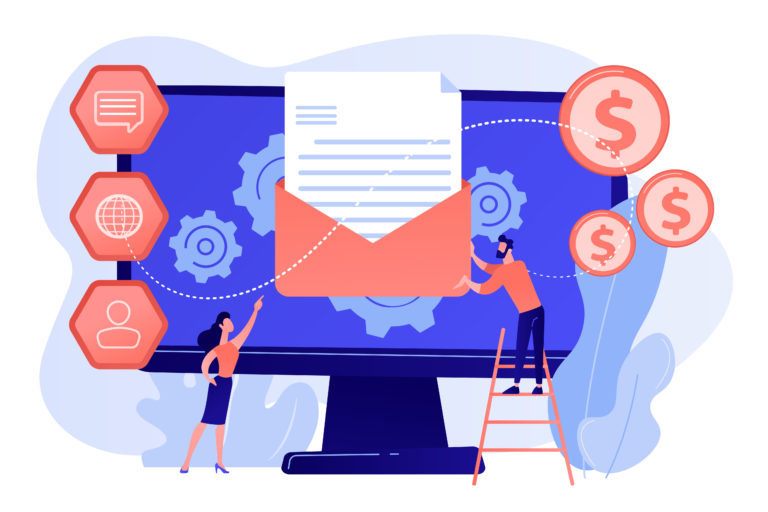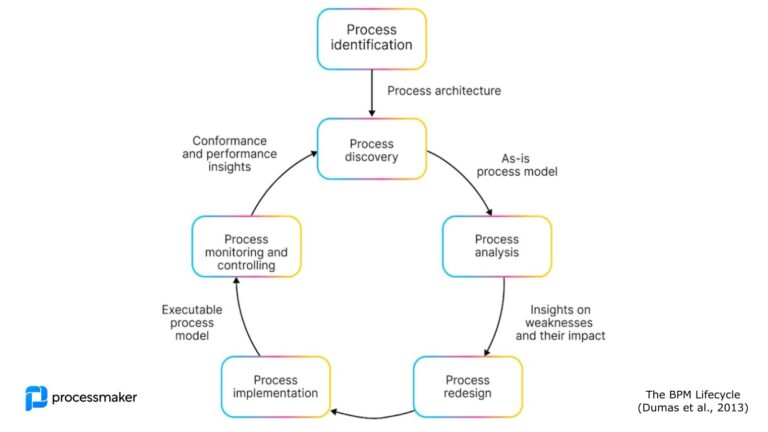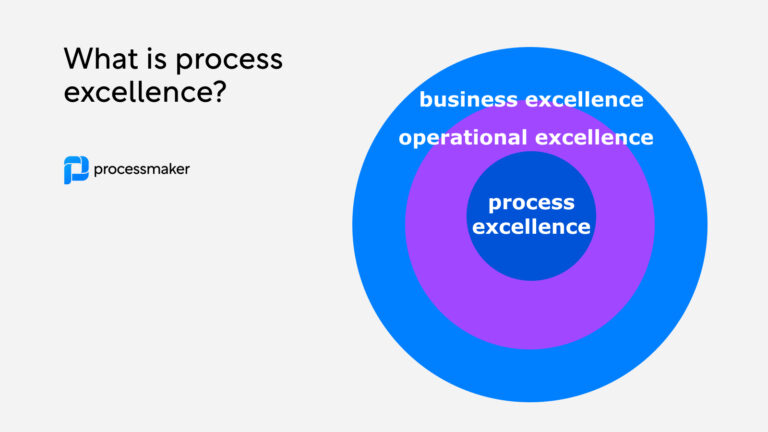BPMN 2.0 is an open standard notation system that was developed in 2010 with the most recent version (2.0.2) published in 2014. The standard is widely used in business process management since it is highly intuitive and universally understood by both business and technical users.
BPMN 2.0 technology also plays a vital role in orchestrating people and systems and provides an alternative to standard microservices orchestration frameworks since process flows can be graphically defined, interpreted, and executed with a BPMN engine.
The Core Advantages of BPMN 2.0
The business process modeling notation standard is intuitive and universally recognized, helping to integrate both business and technical users into BPM initiatives. For example, business analysts, employees performing the processes, and management.
BPMN 2.0 also provides a means to represent complex processes in intelligible form. This helps stakeholders to better understand these processes and identify areas for improvement. Third, business process diagrams which utilize BPMN 2.0 can be seamlessly converted into process models and/or executed through a BPMN engine. A BPMN engine is included within some business process management (BPM) platforms.
BPMN 2.0: Orchestration, Choreography, and Collaboration
BPMN 2.0 supports orchestration, choreography, and collaboration processes. Process orchestration is a standard process and the most commonly used with BPMN 2.0. Orchestration involves automating a series of tasks to execute a larger workflow.
A choreography process is a relatively new model type in BPMN 2.0. A choreography diagram focuses on the message flow between participants rather than the detailed tasks for a process. In other words, it depicts processes and their interactions in a business process diagram.
A collaboration process shows the interactions between business entities. It is common within any organization for one process to interact with another process where each process is controlled by a different entity. For example, when one organization’s process is dependent on receiving goods from another organization.
Orchestration with BPMN 2.0
BPMN 2.0 offers an alternative to traditional microservices orchestration. With a business process management suite (BPMS) that supports the BPMN 2.0 standard, organizations can easily define, view, and execute orchestration, choreography, and collaboration processes. BPMN 2.0 uses a series of universally recognized symbols that allow a process to be visualized graphically. With a BPMS a user can easily create a diagram using BPMN 2.0 symbols and share it with key stakeholders.
BPMN 2.0 diagrams use four main categories of symbols: flow objects, connecting objects, swimlanes, and artifacts. These symbols are used to illustrate a workflow from start-to-finish. Since the diagrams are easy to follow, stakeholders gain a better understanding of how a business process works, increasing efficiency and building trust through transparency.
Beyond increasing visibility, a BPMN engine interprets and executes a process by performing the task associated with each symbol. BPMN engines, therefore, go beyond microservices orchestration to enable orchestration and automation of any business process. For example, organizations can improve the efficiency of legacy systems by integrating them through an API.
BPMN 2.0 also streamlines interactions between people and systems. Business processes involve several different types of human interaction. On the back-end, employees perform tasks to execute a business process. On the front-end, customers interact with an organization as the end users of a business process.
Organizations can easily integrate back-end processes with customer-facing processes through user-friendly features such as web forms and online portals. The customer enters data into the form, data is retrieved from the database, human employees are brought into the process when necessary, and the customer receives the services that he or she was looking for. Thus, BPMN 2.0 closes the gap between back-end and front-end processes, enabling automation and orchestration throughout the organization.
In addition, manual and time-consuming tasks performed by humans are ideal candidates for automation. BPMN engines can seamlessly integrate robotic process automation (RPA) technologies to automate repetitive tasks and improve efficiency.
ProcessMaker offers a BPMN 2.0 compliant low-code business process management platform. Organizations located around the world rely on ProcessMaker to orchestrate their business processes and achieve digital transformation.




